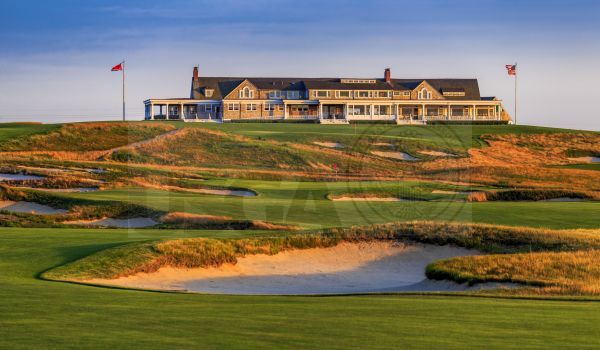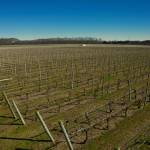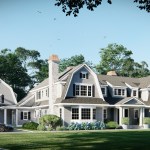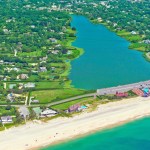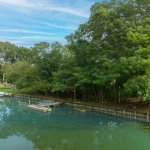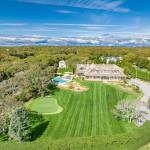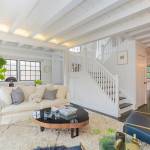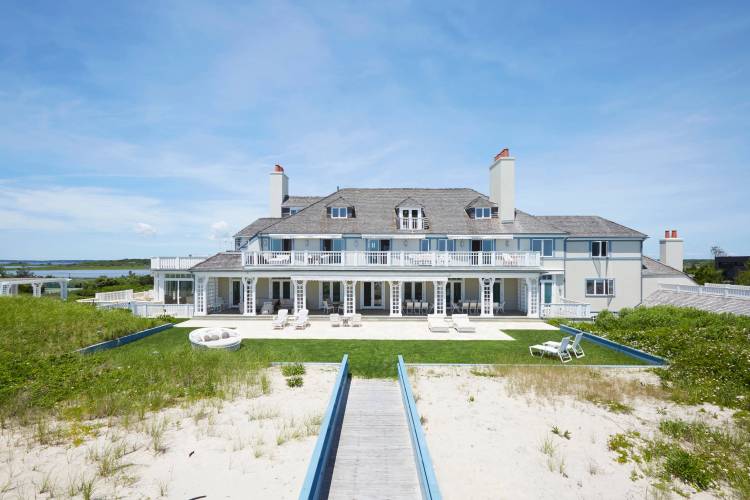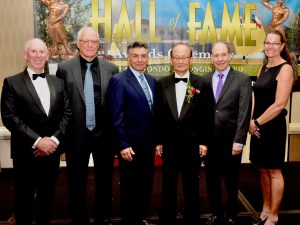It is 1893. You are arriving in Southampton to play golf. Atop the highest point of Shinnecock Hills is the clubhouse, an understated yet imposing building on top of a rolling landscape. Except for farm buildings, the clubhouse is the only visible structure for miles, a white temple surrounded by acres of lush greens.
It all began in 1890, when New York society men William K. Vanderbilt, Edward Meade and Duncan Cryder visited Biarritz in southern France. There at the resort they met Scotsman Willie Dunn, who was building a golf course at the resort. They decided to introduce golf to New York. The men scouted around the city for a spot; Meade thought upstate New York was a good place, while Cryder preferred Yonkers. Long Islander Vanderbilt urged them to look east. 80 acres of land in Shinnecock was purchased for $2,500 and 44 original members signed up for $100 each. Women, by the way, were allowed to join from the start, and the club also boasted America’s first golf pro, who happened to be both Shinnecock Indian and African American.
12 holes were initially built, which crossed the Long Island Rail Road train tracks. On one of the holes, they’d send a caddie ahead, and if a train was coming, he’d ring a bell.
Now they needed a clubhouse. In 1892, the fashionable firm of McKim, Meade & White were engaged; Stanford White drew up the plans and built a small place for $8000. Architecturally, the building is a hodgepodge, like a mashup of an American barn and a Greek temple, with Palladian windows, an overhanging roof, and a Doric colonnade supporting wide verandas.
The club was so successful and popular, the clubhouse needed to be expanded almost immediately. Enlargements were added in 1896, 1903, and 1913. The front door of the clubhouse still faces south where most of the course was before County Road 39 was built in 1929, forcing the reconfiguration of the course.
Today, the building is the oldest structure in America built specifically as a golf clubhouse. Painstakingly restored several years ago, Stanford White’s clubhouse remains the most iconic building in the golf world.

